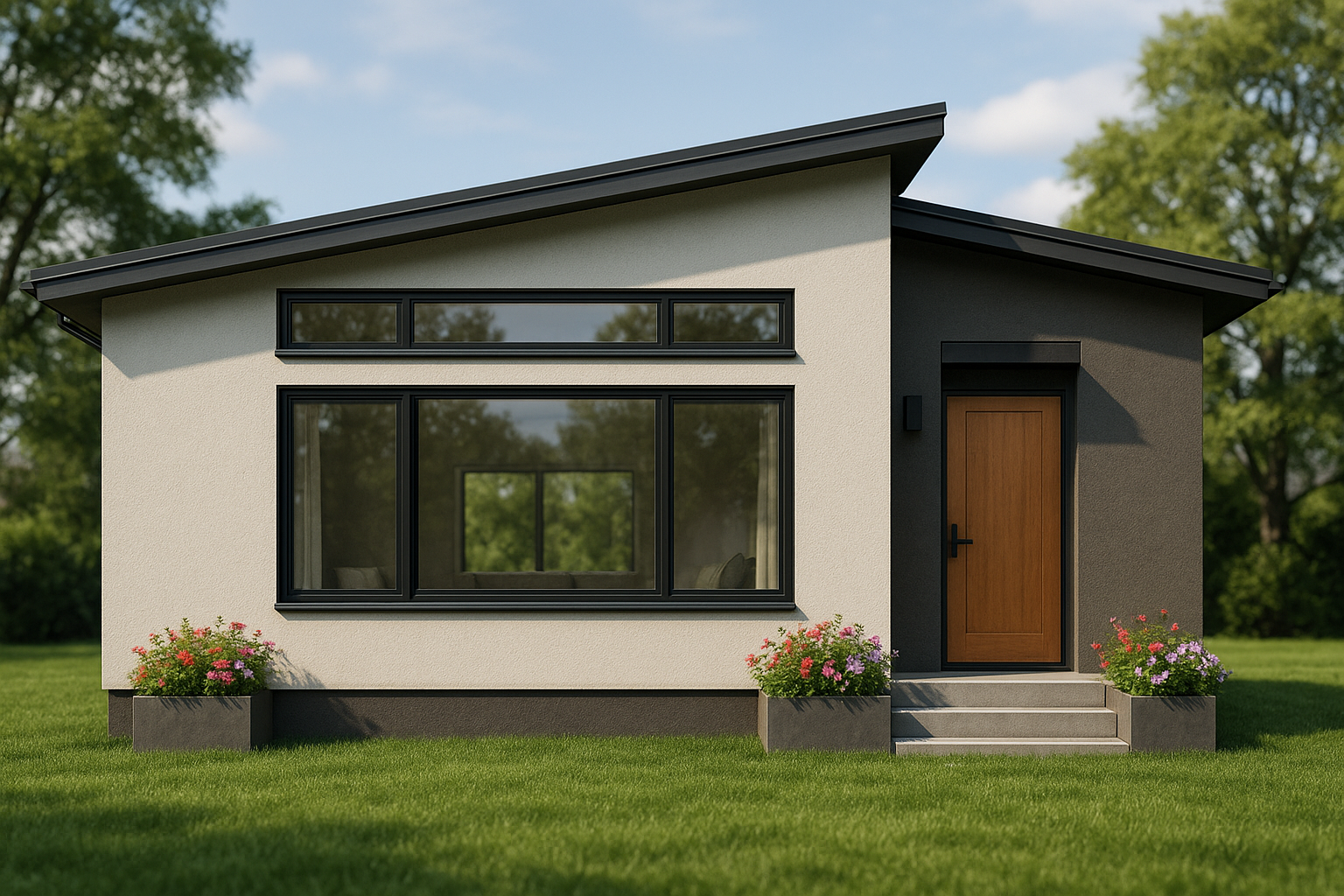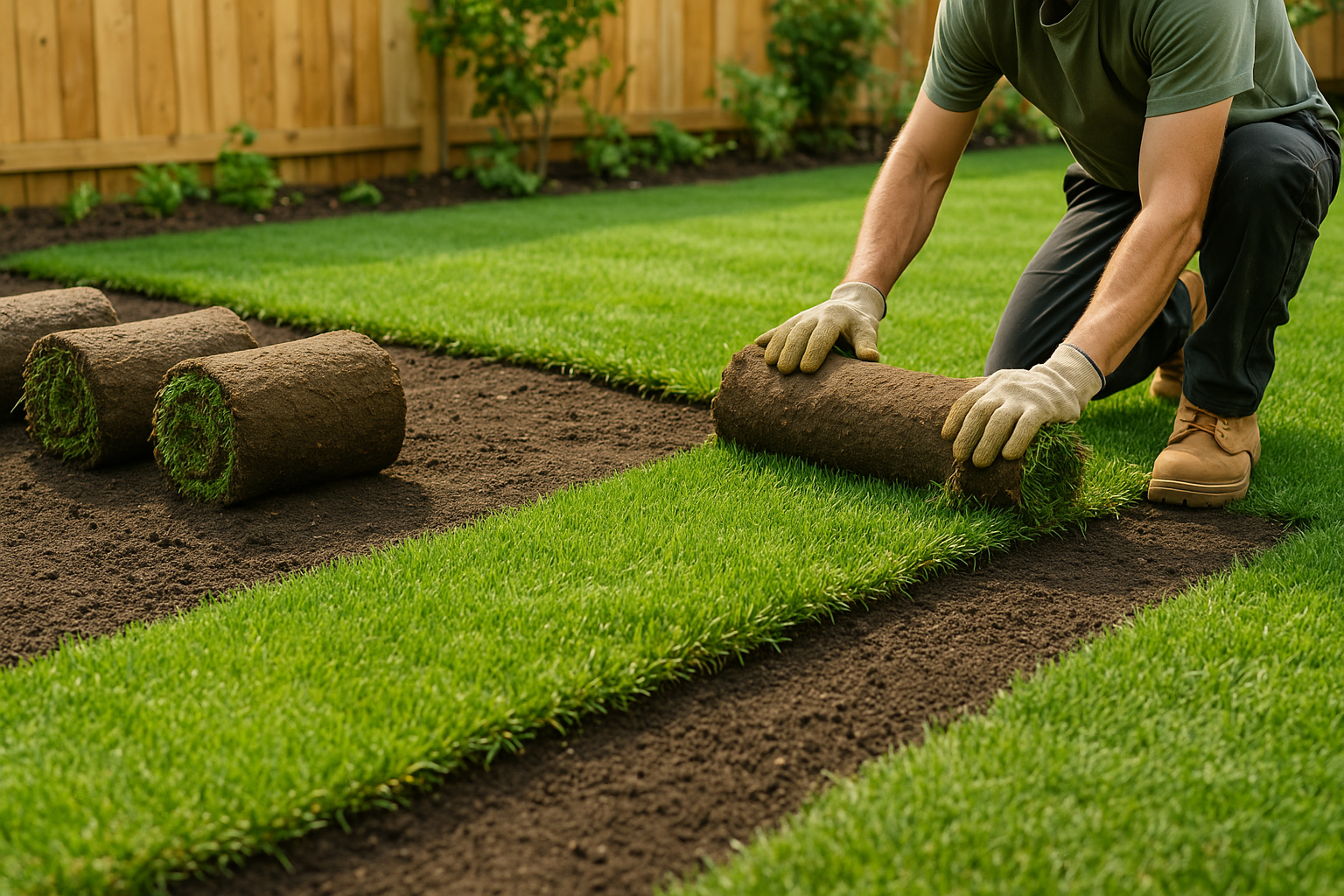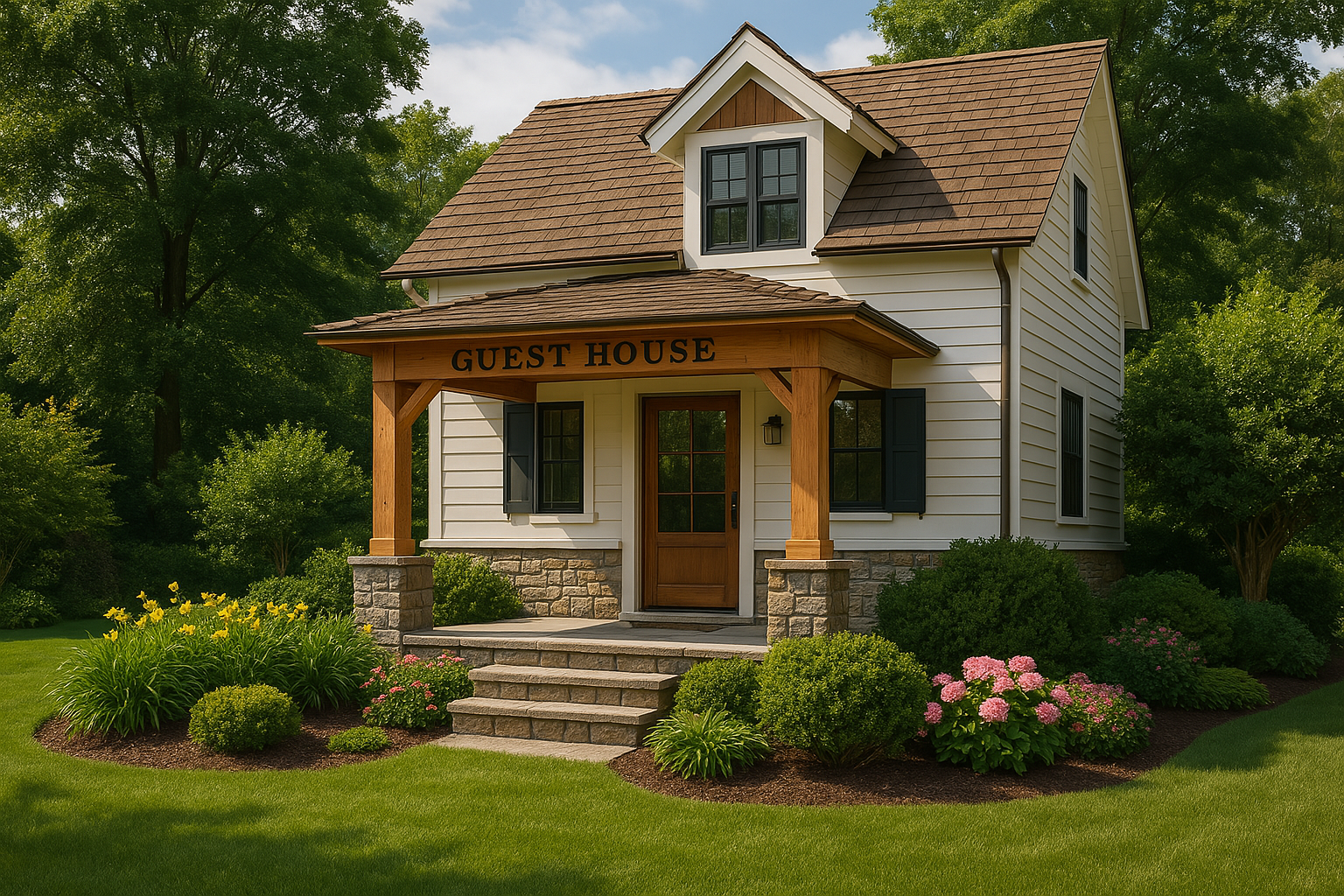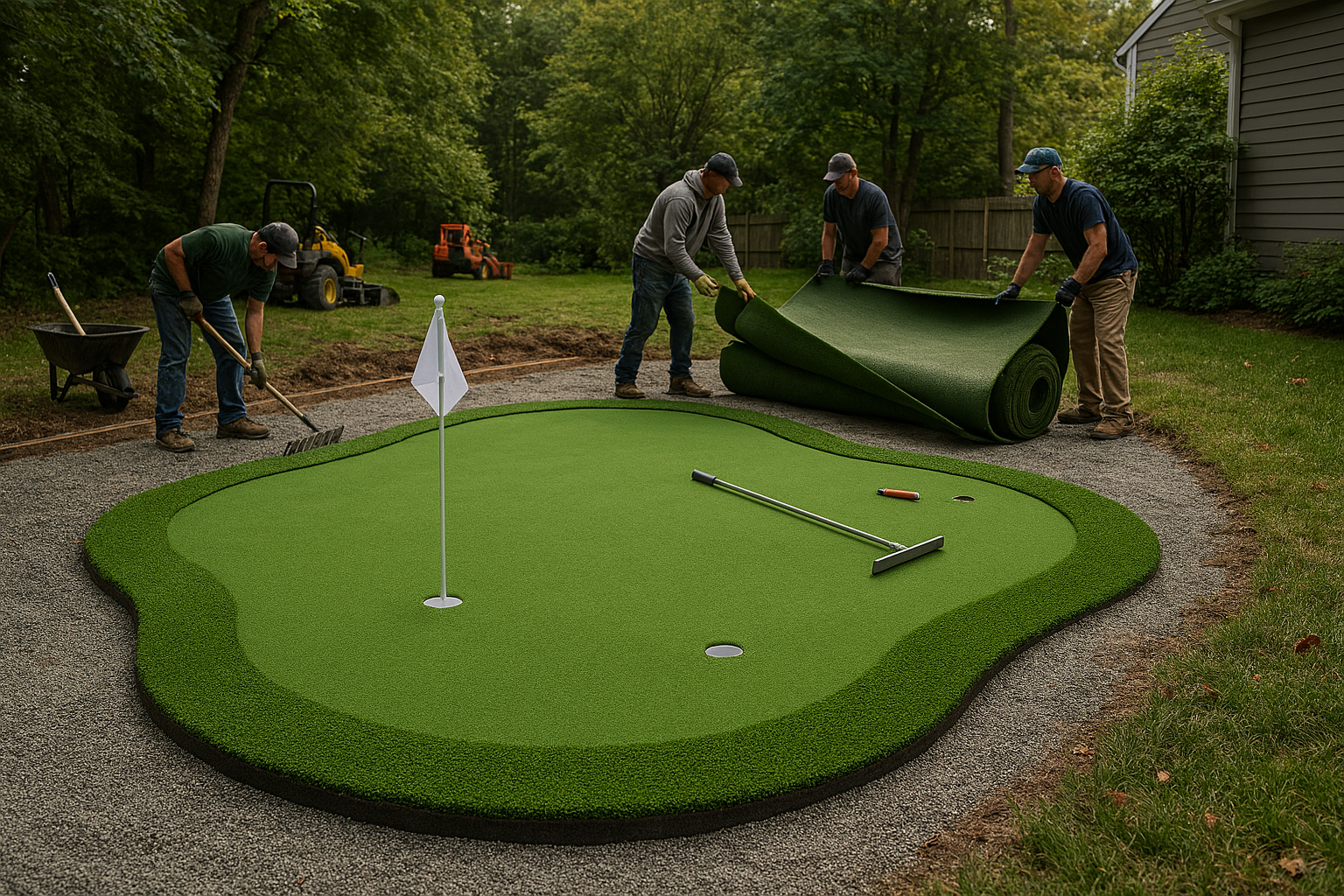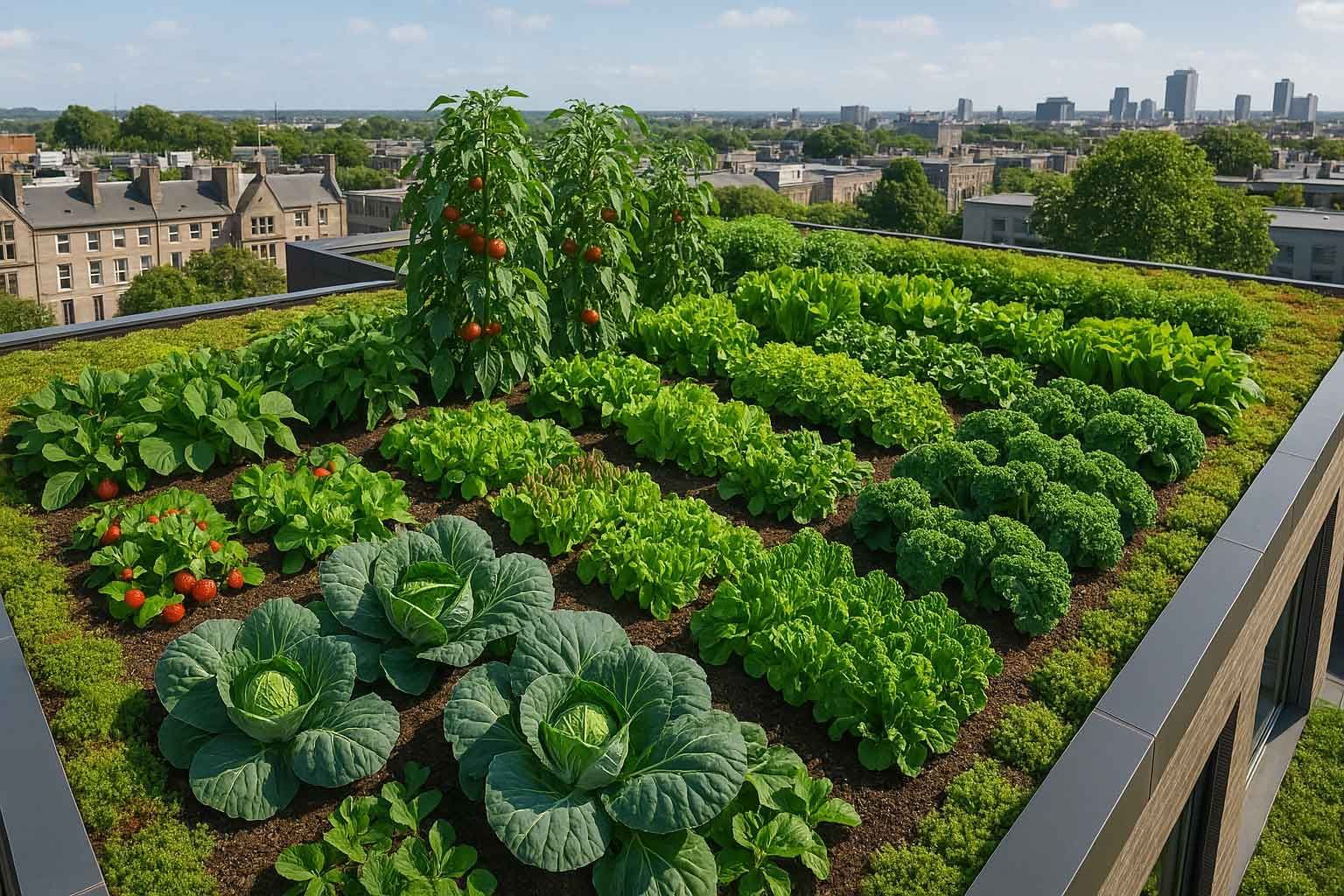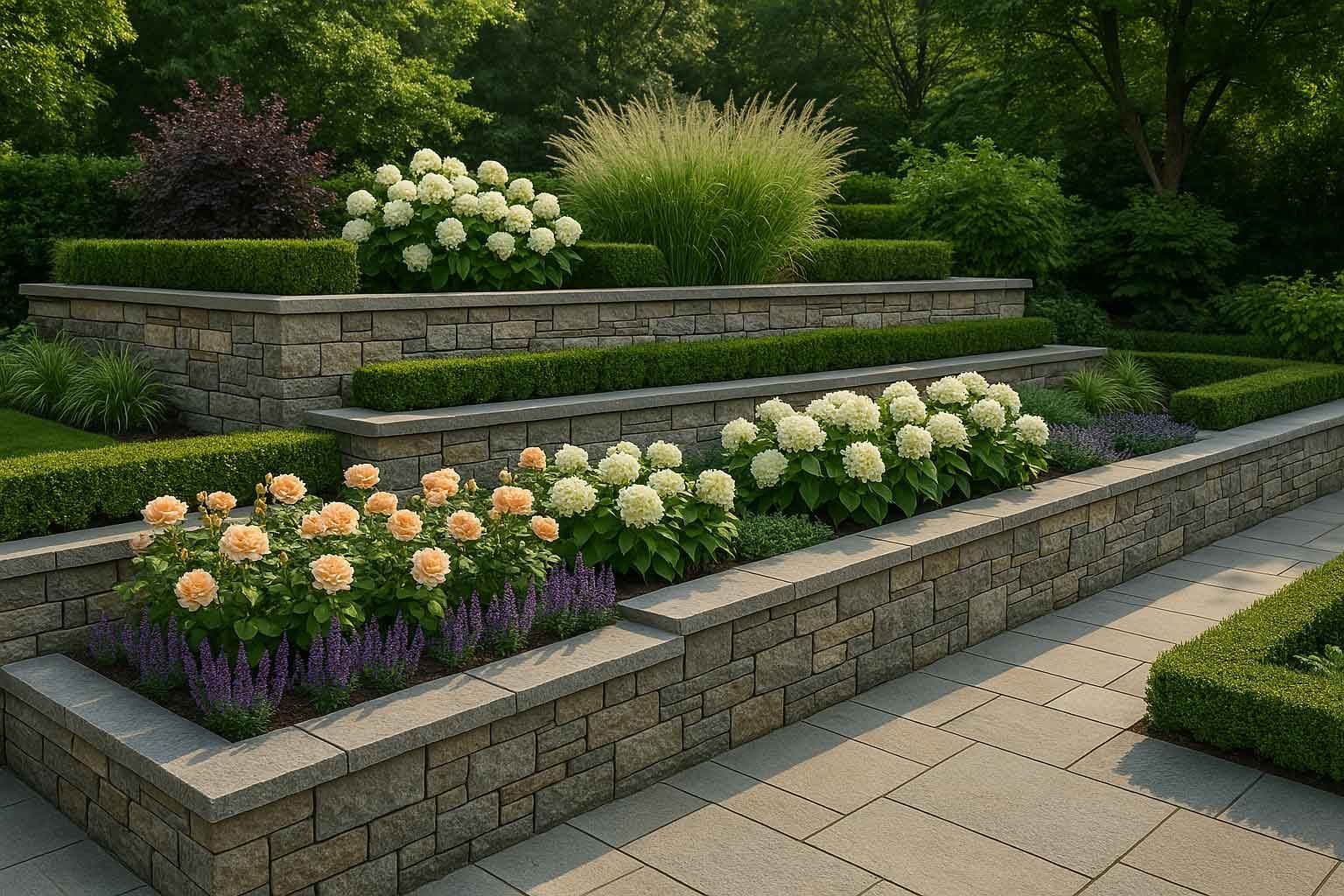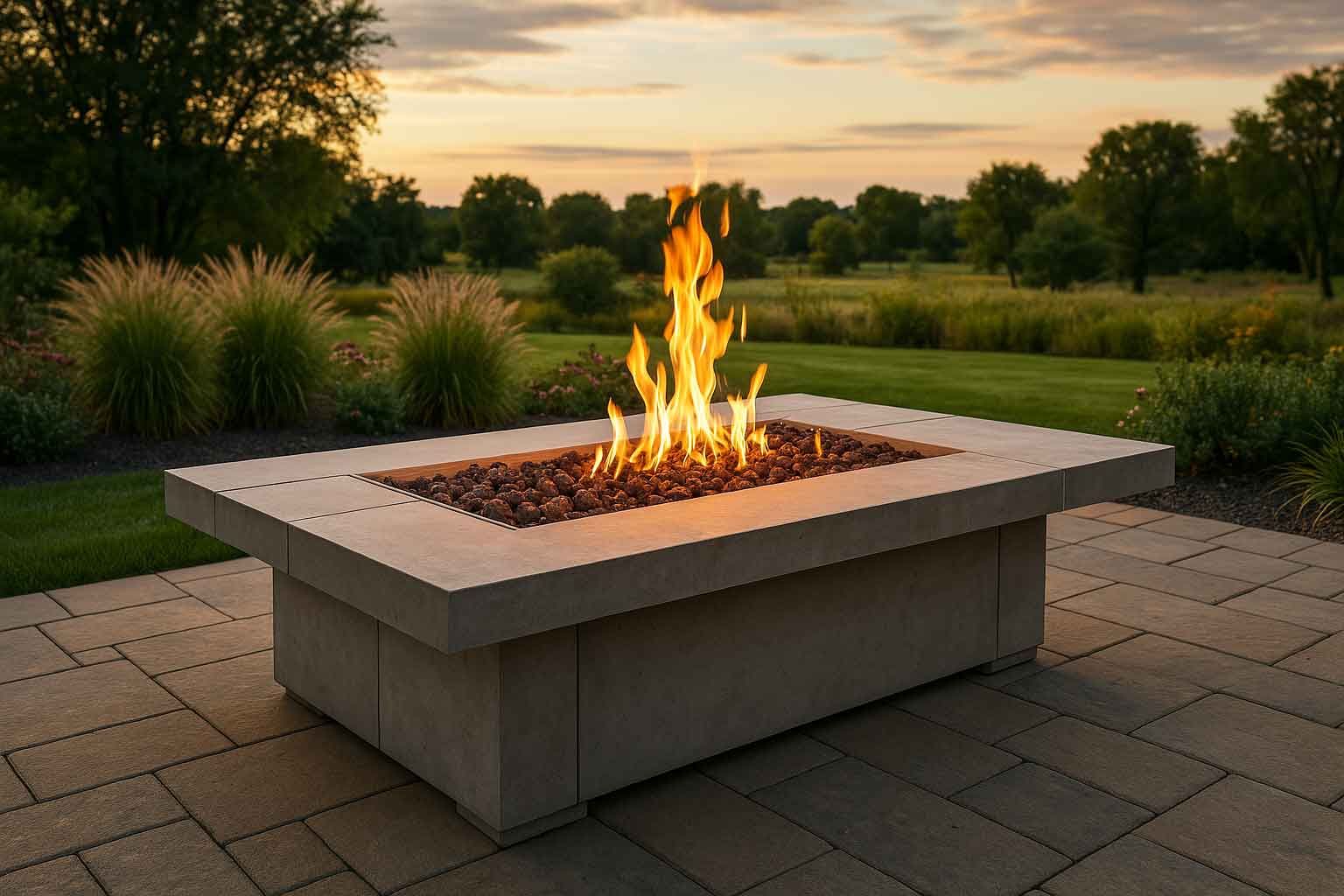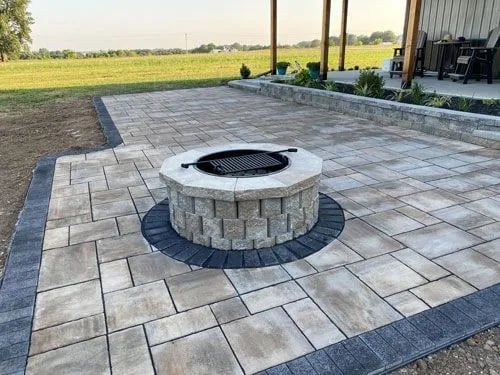Hardscaping 101: A Guide to Materials, Techniques, and Best Practices
Hardscaping refers to the non-living elements of your landscape, such as pathways, retaining walls, and patios.
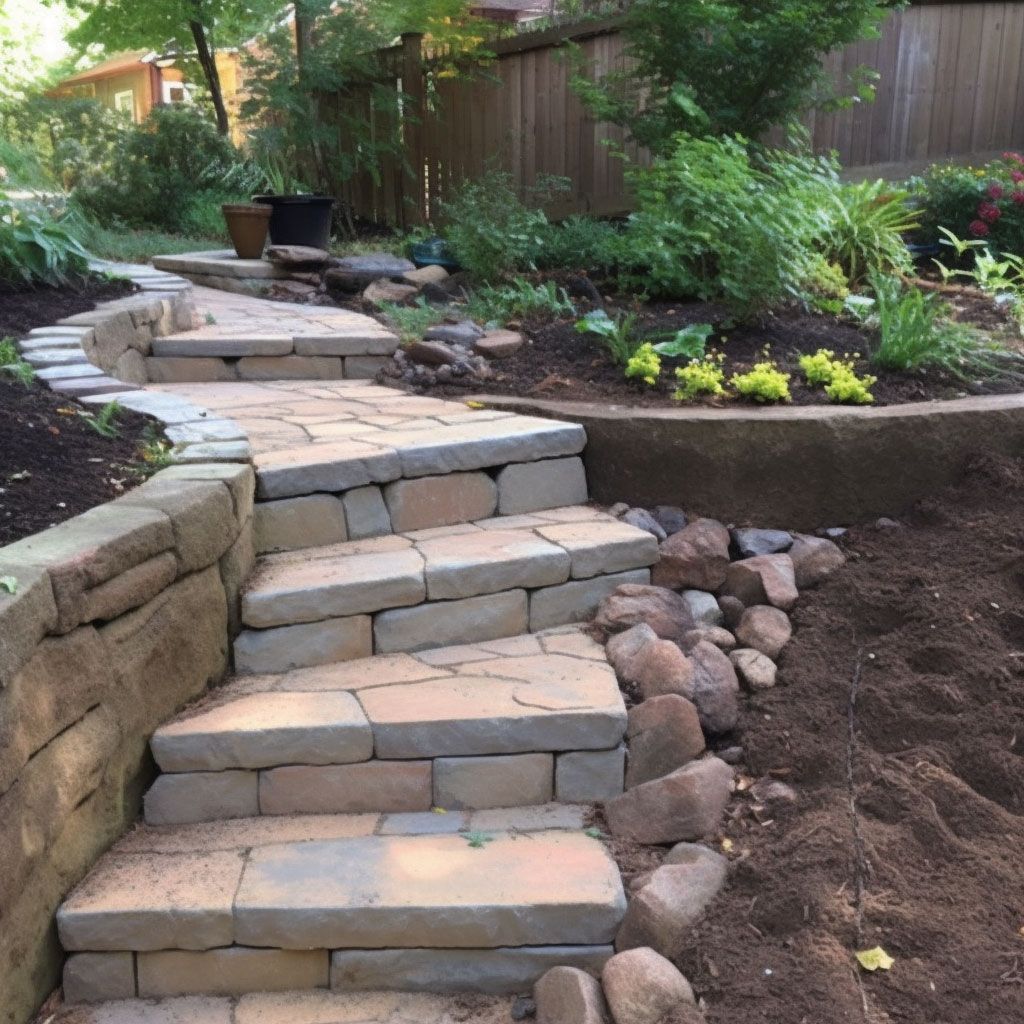
Introduction to Hardscaping
Hardscaping refers to the non-living elements of your landscape, such as pathways, retaining walls, and patios. It plays a crucial role in enhancing the aesthetics and functionality of your outdoor living space. This guide will provide an overview of various hardscaping materials, techniques, and best practices to help you create the perfect outdoor space.
Essential Hardscaping Materials
Natural Stone
Natural stone is a popular choice for hardscaping due to its durability, beauty, and versatility. Common types of natural stone used in hardscaping include flagstone, bluestone, limestone, and slate. These stones can be used for patios, walkways, retaining walls, and more. They also come in various shapes, sizes, and colors, allowing you to create a truly unique design.
Concrete
Concrete is another popular material for hardscaping projects. It's strong, long-lasting, and can be molded into various shapes and sizes. One popular option is stamped concrete, which can mimic the look of natural stone, brick, or even wood. It's an affordable and low-maintenance choice for patios, walkways, and driveways.
Brick
Brick is a classic and timeless hardscaping material that can add charm and warmth to your outdoor space. It's durable, easy to maintain, and can be arranged in various patterns for added visual interest. Brick is commonly used for walkways, patios, and retaining walls.
Wood
Wood is a versatile and attractive material for hardscaping projects. It's commonly used for decks, pergolas, and other outdoor structures. When choosing wood for your hardscape, use pressure-treated lumber or rot-resistant species like cedar or redwood. Check out this guide on building your dream deck for more information.
Hardscaping Techniques
Retaining Walls
Retaining walls hold back soil, prevent erosion, and create level areas in sloped landscapes. They can be constructed from various materials, such as natural stone, concrete blocks, or wood. Retaining walls also serve as an attractive design element in your landscape. For more information on retaining walls, check out this comprehensive guide.
Patios and Decks
Patios and decks are outdoor living spaces that provide an area for relaxation, dining, and entertainment. Patios can be constructed from natural stone, brick, or concrete, while decks are typically built from wood or composite materials. When planning your patio or deck, consider size, location, and design to create a space that meets your needs. For inspiration on creating the perfect outdoor space for your home, visit Scapes Art.
Walkways and Paths
Walkways and paths create a sense of flow and movement throughout your landscape, connecting different areas of your outdoor space. They can be constructed from various materials, such as natural stone, brick, or concrete. When designing your walkways and paths, consider their function, width, and desired aesthetic to create an inviting and visually appealing landscape.
Outdoor Structures
Outdoor structures, such as pergolas, gazebos, and pavilions, can enhance your outdoor living space by providing shade, shelter, and a focal point for your landscape. These structures can be built from wood, metal, or even vinyl. Consider the size, style, and materials best suit your outdoor space and design preferences. For more information on choosing the right contractor for your project, read this comprehensive guide.
Best Practices for Hardscaping Projects
Planning and Design
Planning and design are essential steps in any hardscaping project. Start by assessing your outdoor space and identifying your needs and goals. Sketch a design that includes the location and dimensions of various hardscape elements. Consider factors like sun exposure, drainage, and accessibility when planning your project. It's also essential to create a budget and timeline for your project.
Proper Drainage
Proper drainage is crucial for the success of any hardscaping project. Water should flow away from structures and not pool in low-lying areas. Incorporate drainage solutions like French drains, permeable pavers, and proper grading to manage water effectively.
Material Selection
Choose hardscape materials that complement your home's architecture and the surrounding landscape. Consider factors like durability, maintenance, and cost when selecting materials. It's also essential to choose materials that can withstand local climate conditions.
Hiring Professionals
Hardscaping projects can be complex and labor-intensive. Hiring professionals with experience in hardscape design and installation can ensure your project is completed to a high standard. Research local contractors, read reviews, and request quotes to find the best fit for your project.
Benefits of Hardscaping
Hardscaping offers several benefits, including:
- Enhanced curb appeal and property value
- Improved outdoor living spaces for relaxation and entertainment
- Increased functionality of your landscape
- Better erosion control and drainage
- Low-maintenance landscaping options
Conclusion
Hardscaping is an essential component of any outdoor living space. By understanding the various materials and techniques available, you can create a functional and attractive landscape that enhances your home's value and enjoyment of your outdoor space. Plan and design your project carefully, consider proper drainage and hire experienced professionals to ensure the best results. With the right approach, you can transform your outdoor space into a beautiful and functional extension of your home.
Frequently Asked Questions
1. What is the difference between hardscaping and landscaping?
Hardscaping refers to the non-living elements of a landscape, such as patios, walkways, and retaining walls. At the same time, landscaping encompasses living (plants, trees, shrubs) and non-living elements in the design and maintenance of outdoor spaces.
2. How do I choose suitable hardscaping materials for my project?
When selecting hardscaping materials, consider durability, maintenance, cost, and compatibility with your home's architecture and surrounding landscape. It's also essential to choose materials that can withstand local climate conditions.
3. How much does hardscaping cost?
Hardscaping costs vary depending on factors like materials, project size, and labor costs. Creating a budget and obtaining quotes from multiple contractors is essential to understand your project's potential costs better.
4. Can I do hardscaping projects or hire a professional?
While DIY enthusiasts can complete some hardscaping projects, many require specialized skills and equipment. Hiring a professional with experience in hardscape design and installation can ensure your project is completed to a high standard and meets all necessary safety and building code requirements.
5. How can I maintain my hardscape elements?
Regular maintenance is essential for keeping your hardscape looking its best. For most hardscape materials, maintenance includes regular cleaning, sealing (if necessary), and checking for signs of damage or wear. It's also essential to address drainage issues to prevent water damage to your hardscape elements.


